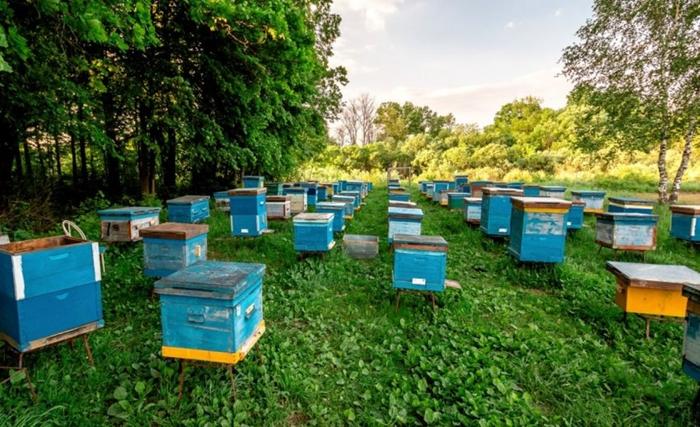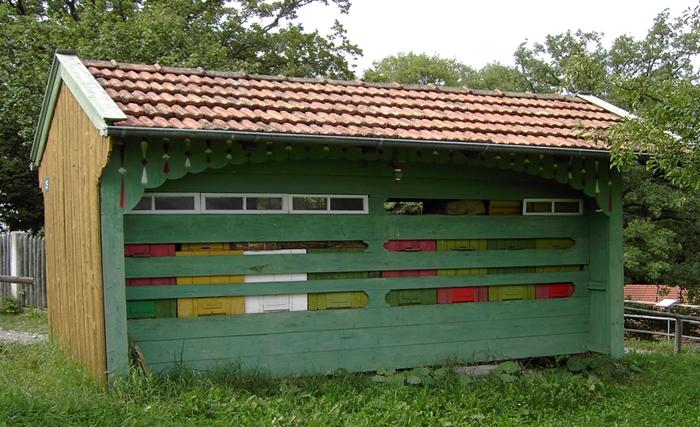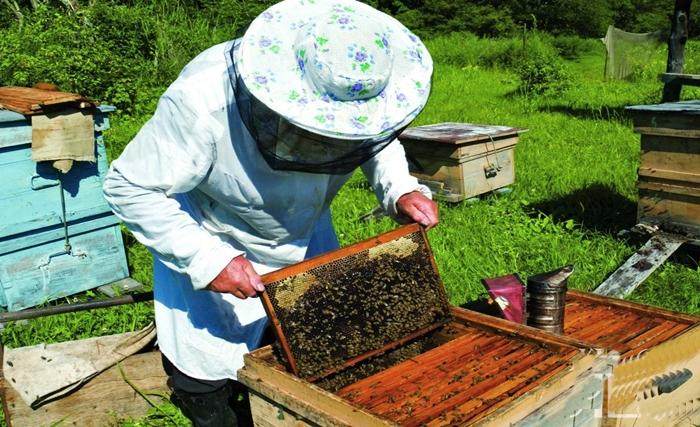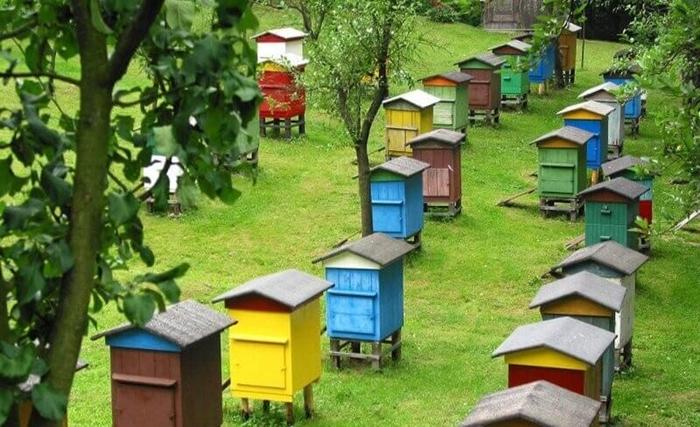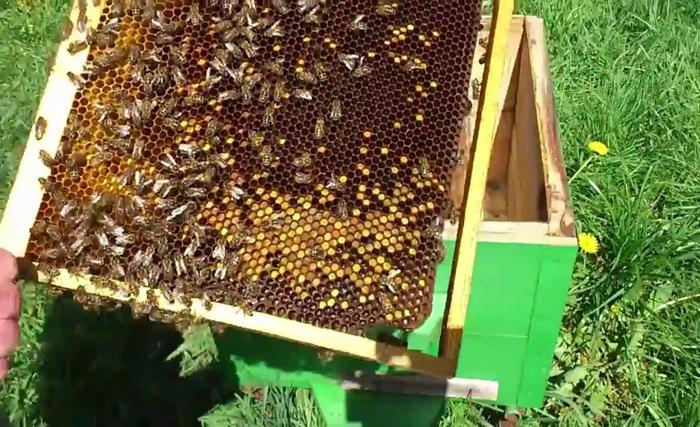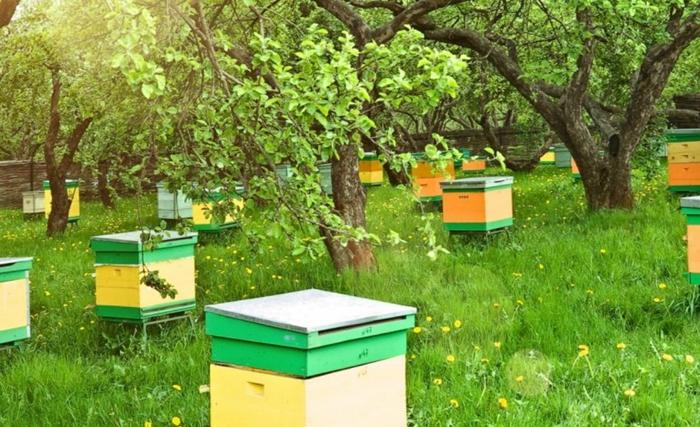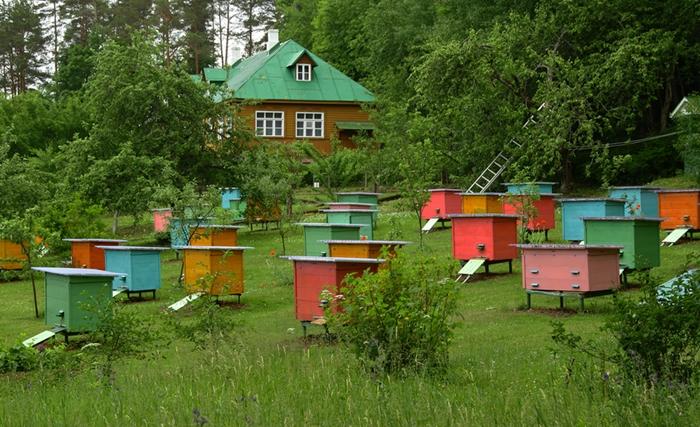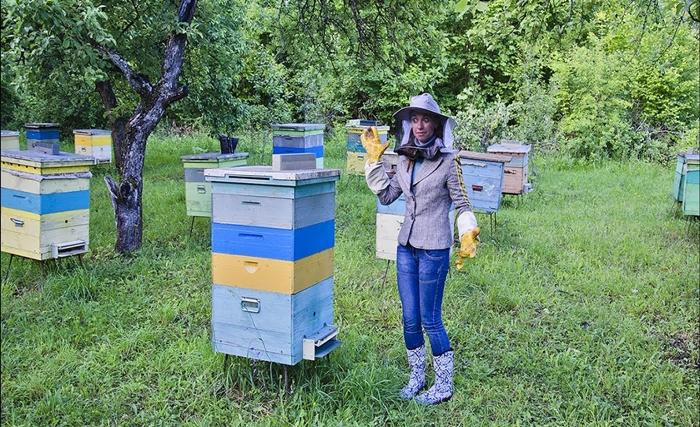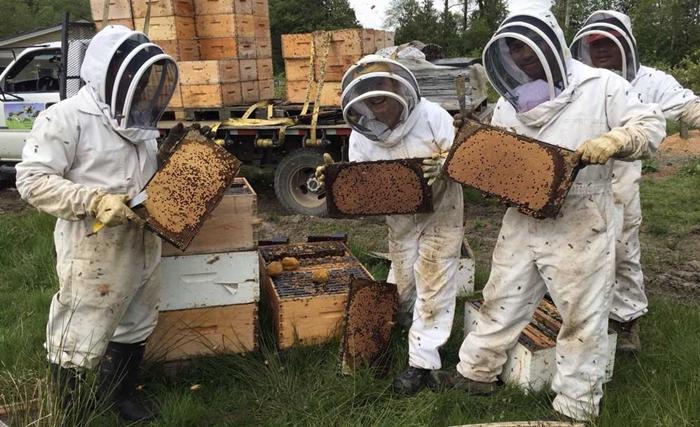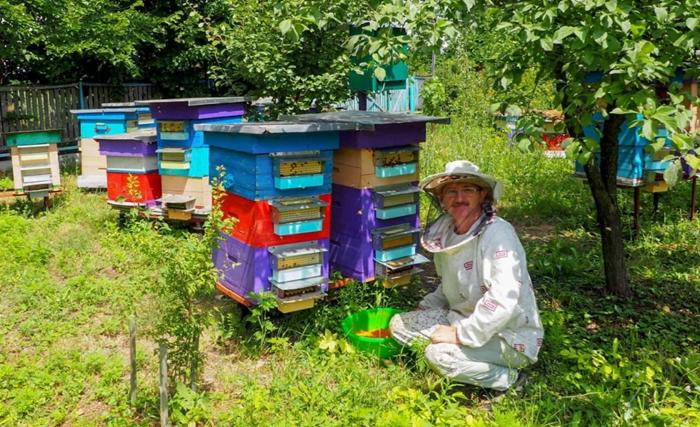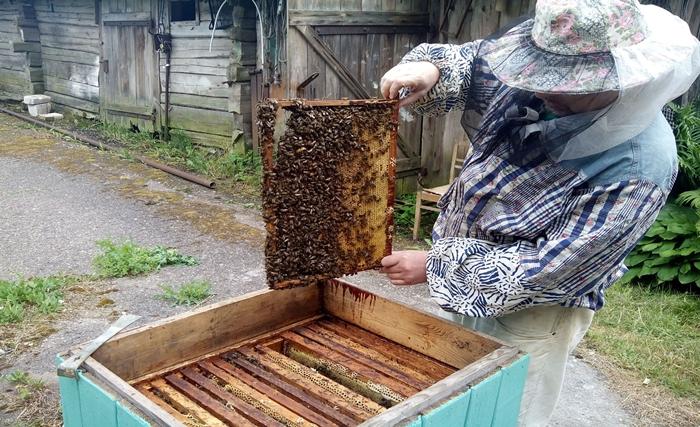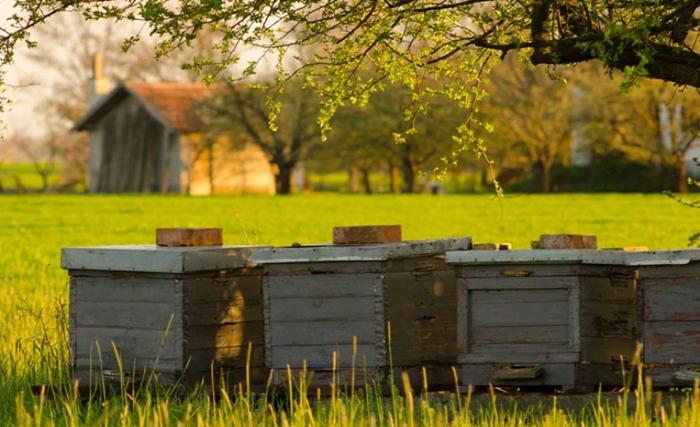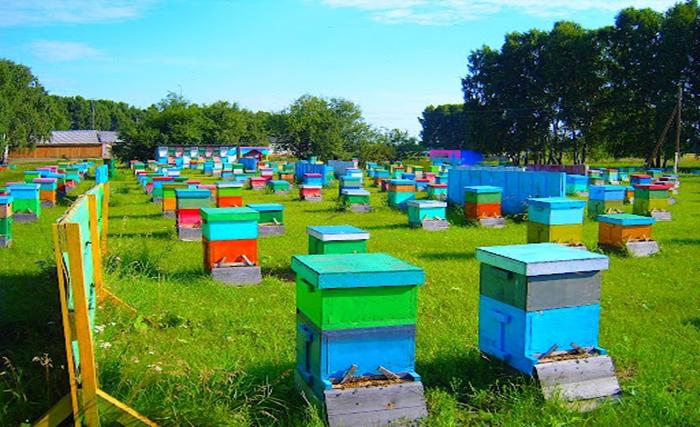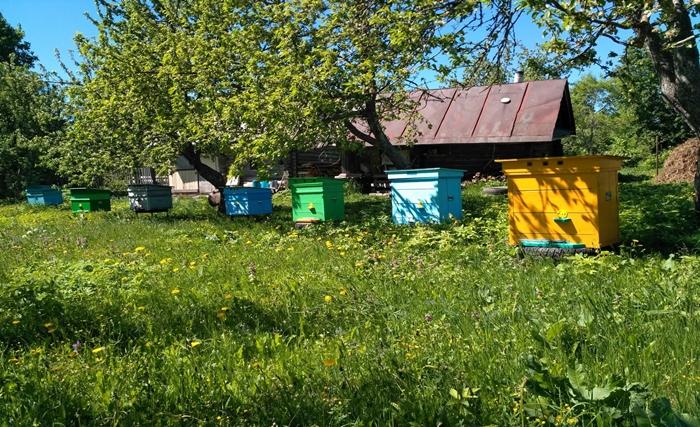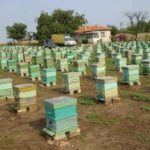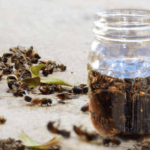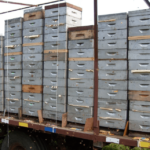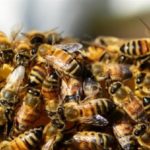Beekeeping is not just a craft, but a real art. Initially, beekeeping was widespread - the collection of beekeeping products produced by wild bees. Then people gradually learned to breed domestic insects in order to obtain honey and other valuable substances without going far from home. But even now, not every novice beekeeper knows what a personal apiary is, how to set it up and what is needed for this.
The history of the first apiary
A honey apiary is a specially equipped area set aside for the placement of beehives.In beekeeping, it plays a key role in the breeding and maintenance of beneficial insects.
Beekeeping is an ancient craft that has not lost its relevance over many centuries of its existence. According to archaeological reports, the first mentions of the use of bee products go back 10-15 thousand years ago. But in those days people were engaged in gathering; beekeeping was not practiced then.
Historians cannot even give an approximate date when the first construction of artificial “houses” for bees began. But it is reliably known that even primitive people learned to use hollow wooden logs as houses for honey insects. This practice was especially widespread in Ancient Egypt.
Interesting fact. A real breakthrough in beekeeping was made by Pyotr Prokopovich, a resident of the Russian Empire. In 1814, he created the first frame hives, which became the prototype for today's bee "houses".
Modern apiary
The current apiary is a whole complex consisting of structures that allow the beekeeper to control the entire cycle of reproduction, growth and vital activity of insects. The basis is made up of hives - small structures that serve as homes for beneficial insects. Here they grow, give birth, and also produce and accumulate valuable products - honey, pinto, propolis, royal jelly and pollen.
Next to the main hives, another “house” is installed, called a control hive.
Thanks to it, the beekeeper gets the opportunity to understand whether there are problems with nectar collection and to assess the intensity of the accumulation of bee products.
Existing types
The arrangement of a bee farm directly depends on the chosen direction. The general classification divides such beekeeping into the following groups:
| № | Apiary type | Characteristics and description |
| 1 | Honey-commodity | The most popular variety. It is used to obtain different types of bee products - honey, wax, propolis and others. |
| 2 | Pollinated-honey | Useful for increasing the yield of plant crops in large household or industrial farms. Additionally, it is a source of bee products. |
| 3 | Pollinated | It is needed exclusively to ensure pollination of agricultural crops. Bee products are not collected. Such farms are usually located near fields or directly inside greenhouses. |
| 4 | Queen bee | It is installed for the purpose of raising young bees for further sale. |
Another type of apiary, which also belongs to the category of the most popular bee farms, is a complex one. It is equipped using elements selected by the beekeeper, which were described earlier.
The classification also divides apiaries into stationary and portable. The names speak for themselves: stationary hives are always in one place, and mobile ones move from site to site.
Receiving a passport
A veterinary and sanitary passport of an apiary is necessary not only for legal production, but also for the sale of beekeeping products. To receive an official document, you must first write an application addressed to the chief sanitary doctor of the city or district.
As soon as the document is reviewed, representatives of the veterinary service will visit the apiary. They will take product samples and also assess the state of the environment.If no deviations from the norms are recorded, and the experts have no complaints about the inspected territory, the owner of the apiary will receive a passport for the apiary.
Accommodation in a recreational area
Placing hives in a recreational area is not possible. A bee farm cannot be located less than half a kilometer from roads or railways.
To breed bees on a summer cottage, you must take into account the following nuances:
- hives must be located at a distance of at least 3 meters from the neighboring plot of land;
- the direction of the bee entrances is only on the side opposite to the neighboring lands;
- the apiary must be fenced with a high fence or hedge around the perimeter, the height of the fence is at least 2 meters.
If you plan to place an apiary near neighboring houses, you must at least notify your neighbors about this. It is also worth asking if they or their loved ones are allergic to honey insect bites.
The procedure for providing land for an apiary
Beekeepers are provided with a plot of land to place an apiary in accordance with current legislation. Individuals and legal entities can apply for an allotment.
Nomadic apiaries must be located near sources of honey collection, but at a certain distance from other hives. To establish bee farms on the territory of horticultural, vegetable gardening or dacha non-profit associations, their constituent documents are used.
Arrangement
So, having figured out how to place an apiary and why a control hive is needed, you should take note of a few more points. When setting up a bee farm, it is important to place drinking bowls on its territory. These are small trays filled with water or fertilizer.They are necessary for feeding and increasing the productivity of insects.
It is also recommended to place utility buildings for general purposes in the apiary. You don't need to pay too much attention to their design or placement. The main thing is that they have dense walls and a strong foundation. Such buildings will serve as a winter hut and serve as a kind of house for the beekeeper, where he can perform basic work and store the necessary equipment.
Setting up your own apiary is a labor-intensive process. But beekeeping has always been in demand and popular. After all, the products produced by striped insects are healthy, so they will not lose their value.

